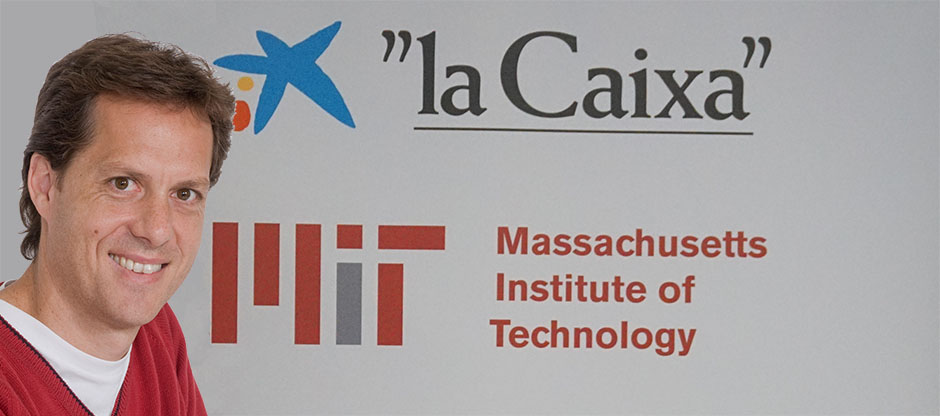Tuesday, 28 April 2020
Prof. Valenzuela awarded MIT-“la Caixa” Fund for a project on solid-state qubit manipulation
A project aiming at developing large-scale integrable devices for application in quantum computing, proposed by ICREA Prof. Sergio Valenzuela and MIT Prof. William Oliver, will be funded through the MIT-Spain “la Caixa” Foundation Seed Fund Programme. The 12 selected projects have been announced on April 20.

With the third call of the MIT-Spain “la Caixa” Foundation Seed Fund Programme, 12 new projects will take advantage of this unique opportunity to interchange knowledge and researchers between Spanish research centres and the prestigious Massachusetts Institute of Technology (MIT). In fact, the purpose of this Programme, funded both by the MIT and the “la Caixa” Foundation, is to foster collaboration with the aim of developing cutting-edge research. Out of the 25 projects submitted, 12 were selected covering the fields of health, global economy and energy.
Among the energy projects awarded the funding is the one called “Anomalous Quantum Hall Edge States for Solid-State Qubit Manipulation” proposed by ICREA Prof. Sergio Valenzuela, leader of the ICN2 Physics and Engineering of Nanodevices Group, and Prof. William Oliver, Associate Professor at MIT. Their aim is to design and prototype some electronic components necessary to run a quantum computer using topological insulators, which are a family of materials with interesting properties. In particular, the development of a new type of passive microwave circulators will allow large-scale integration of electronics, as required for application in the current superconductor-based quantum processors. Different combinations of materials will be tested to find out what structure better meets the needs of the application.
The synergy between Prof. Valenzuela’s group at the ICN2 and Prof. Oliver’s group at MIT will allow combining the strong expertise of the first in growing and patterning topological insulators and that of the second in microwave techniques and quantum computing.

